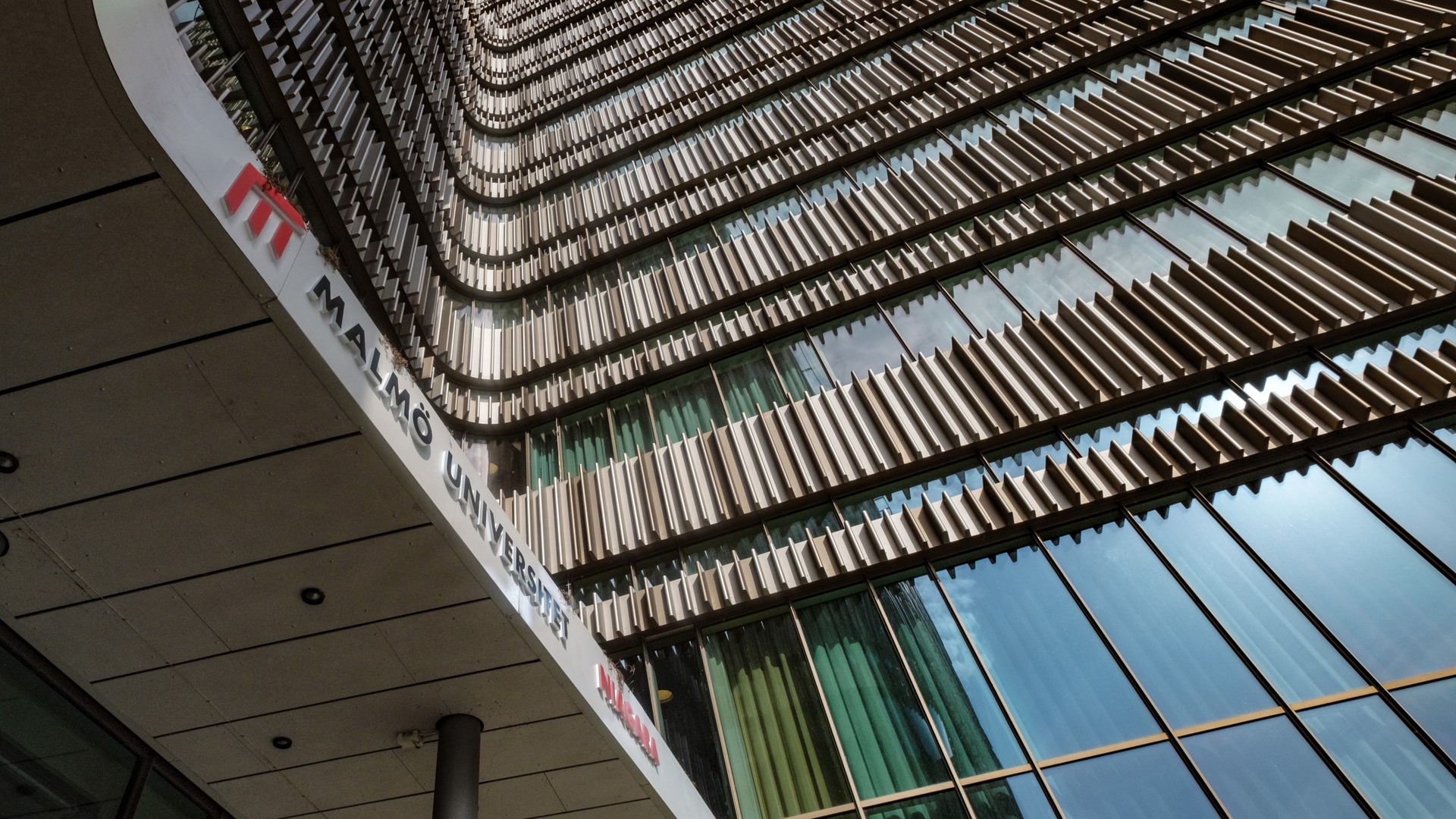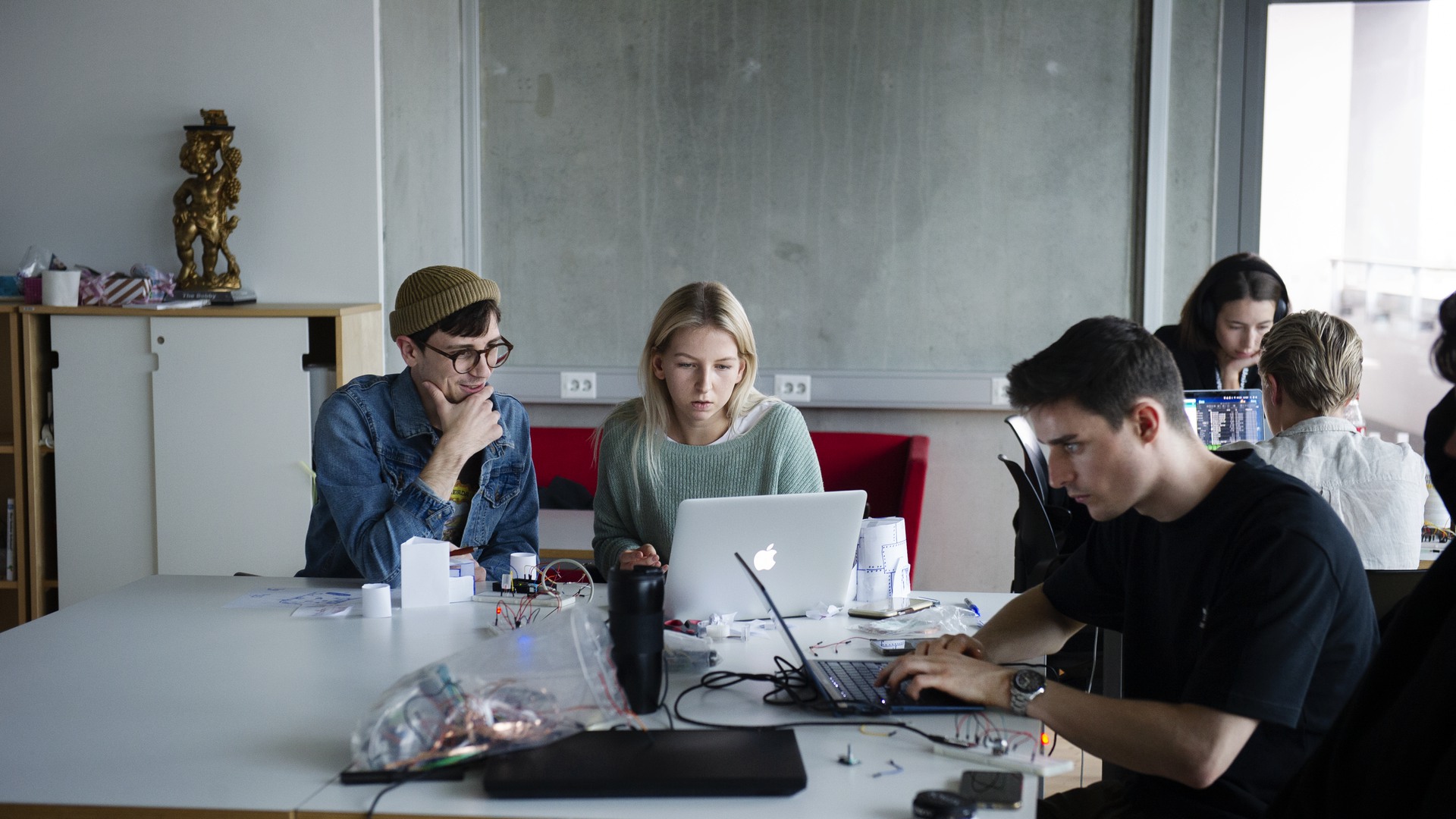Design your own career path
When Fatin Masa-E chose to study Interaction Design, he was unsure of what he was getting himself into. Diving into a relatively new field with many different job opportunities, he was not clear on where he would find his place in the world of technology, prototyping and design.
Today, he works as a UX-designer at Visma SPCS, and has found a way of combining creativity with technology.
“The thing I love most about my job is being part of a product that has the potential to be used by thousands of people, and creating their whole user experience,” says Fatin.
UX-designer is a broad title, and job descriptions vary from person to person. At Visma, designers like Fatin work with everything from websites to mobile applications. Fatin and his team work with creating Enterprise Resource Planning systems (ERPs) and accounting systems.
“It’s the perfect job for me, as there are great opportunities for skill development, as well as possibilities to work abroad. Visma has offices in several locations across Europe, and they all develop different products, allowing you to move into different fields.”
A programme preparing you for the industry
The programme works with a hands-on approach to interaction design. Allowing students to work in teams when developing prototypes and work with methods used in the industry.
“My job really correlates to my classroom experience. For example, working together with concept development and methods such as research and user testing.
“The programme opened my eyes to UX and design and without my degree, I wouldn’t be where I am today. It gave me the confidence to move forward in the industry."
Studied a semester at Hong Kong Design Institute
During the programme, students get the opportunity to choose between studying abroad for a semester, taking elective courses or doing an internship at a relevant company or organisation. Fatin thinks his decision to study at the Hong Kong Design Institute for a semester contributed to his employability.
“I definitely feel that my experiences from Hong Kong have helped me grow, both at a personal level and professionally, and employers can sense that. For me, being able to study abroad and gain an international perspective was central to my choice of programme.”








